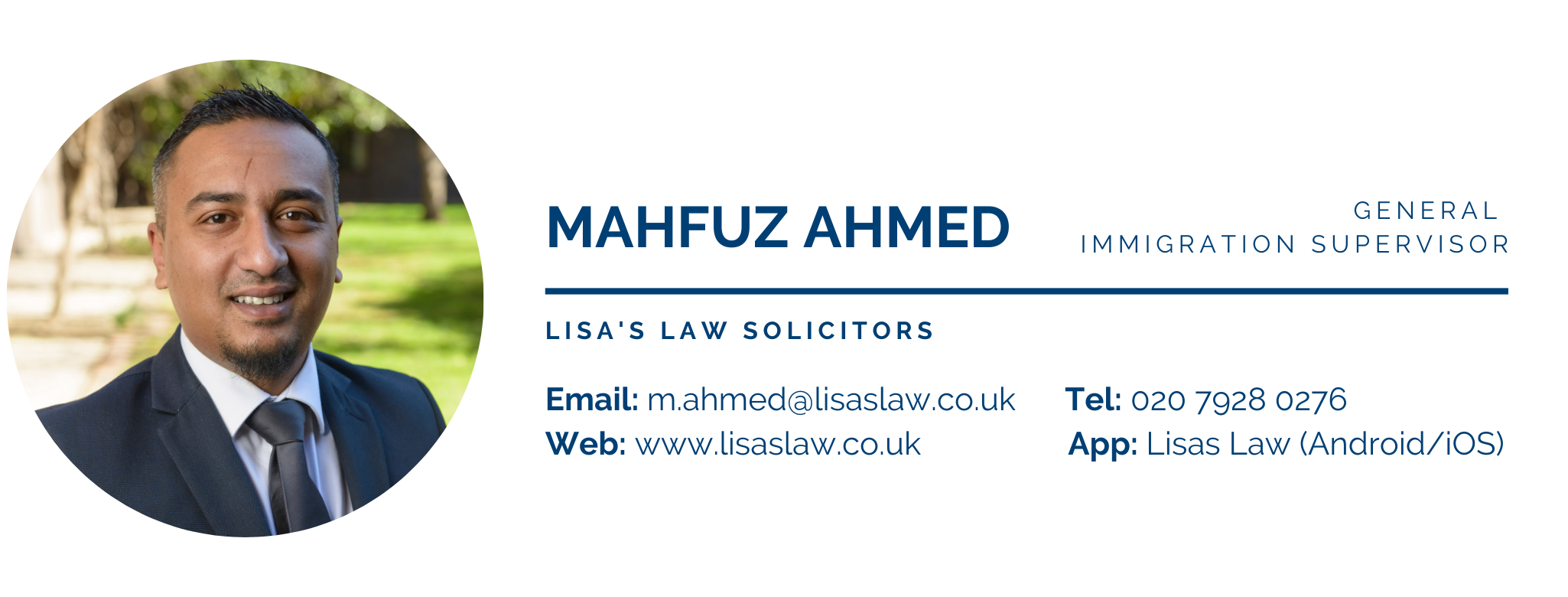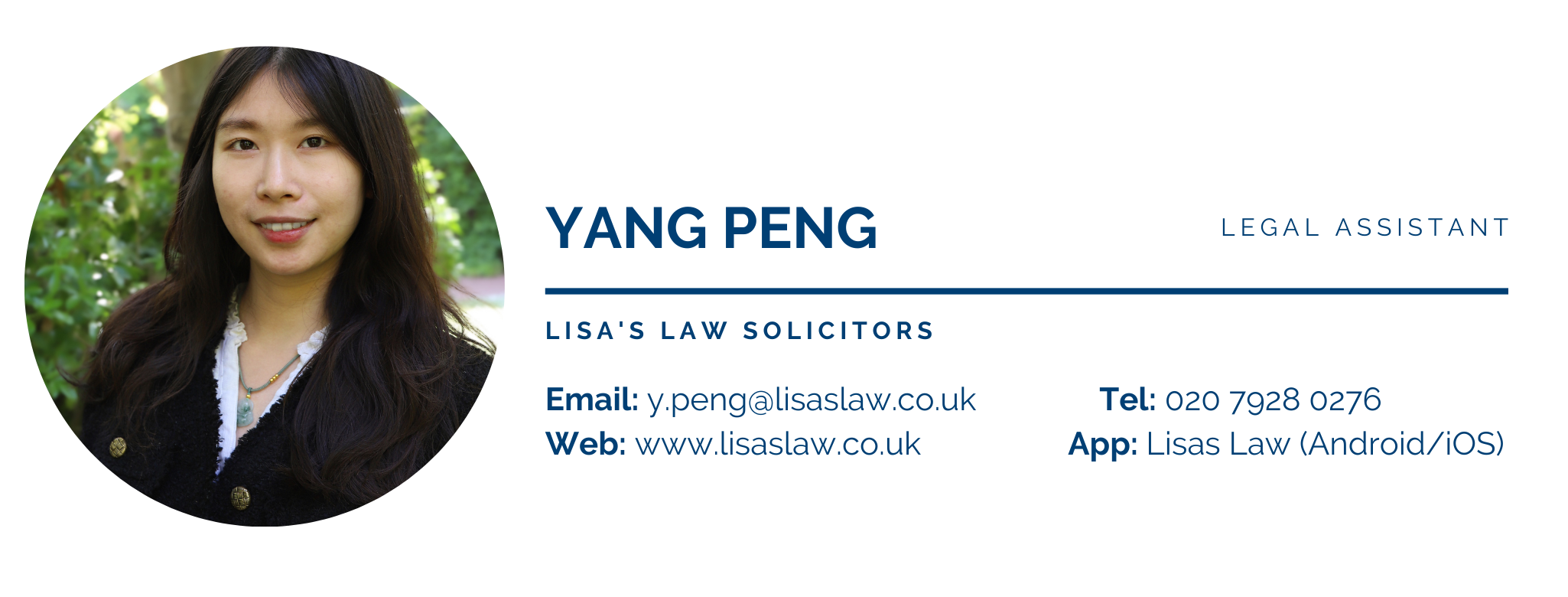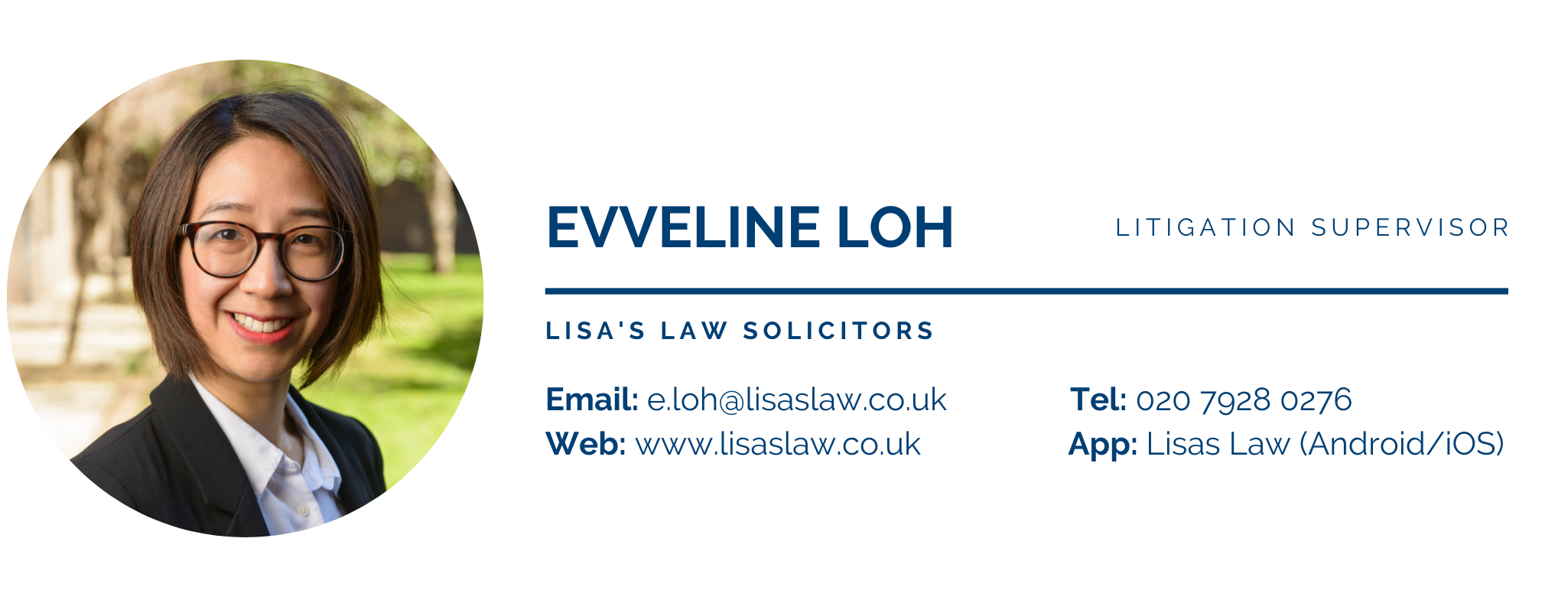Last week the Home Office announced the Statement of Changes to the Immigration Rules: HC 246. With this edition of the statement of changes, notable changes have been made in the area of business visit visas.
Business visit visa changes
The new business visit visa allows visa holders to engage in the internal activities of the company and removes the original restrictions on working directly with clients. This will give greater flexibility for companies who are looking to do business in the UK.
However, a new requirement has also been introduced. This requirement essentially means that client facing activities are incidental to their employment abroad. They must not amount to the offshoring or a project or service to their overseas employer.
Business visitors will be allowed to work remotely while in the UK. However, the announcement makes clear that remote working must not be the main purpose of the visitor’s visit to the UK.
Other changes
Flight crew will be allowed to visit the UK between the months of March and October 2024 as part of a Civil Aviation Authority-approved wet lease (aeronautical term for a package lease of services such as aircraft and crew). While this was already in operation, this new measure incorporates it into the visitor rules.
Further changes include the following:
- Expansion of research-related permitted activities for scientists, researchers, and visiting scholars.
- Expansion of permitted activities of legal professionals, including holding business visit visas to come to the UK to consult, participate in arbitration, serve as arbitrators or mediators, serve as expert witnesses, etc.
- Including conference speakers on the list of permitted paid engagements (PPE), allowing payment for such activities.
- Moving the application criteria for PPE visitors to the standard visitor route. All tourists can engage in PPE activities and do not need to apply for this type of visa separately.
The changes within the Statement of Changes 246 will officially take effect from January 31, 2024. This modification greatly expands the scope of activities that business visitors can engage in in the UK, increases the flexibility of business visit visas, makes business activities in the UK more convenient, and contributes to the development of the British economy.
The biggest beneficiaries of this modification are multinational companies, overseas companies that work closely with British companies, research institutions, the aviation leasing industry, and the legal industry.
It could be said that these changes are an attempt to counterbalance the British government’s tightening of work visas in order to reduce immigration. The expansion of business visits may somewhat mitigate this.
Have questions? Get in touch today!
Call us on 020 7928 0276, phone calls are operating as usual and we will be taking calls from 9:30am to 6:00pm.
Email us on info@lisaslaw.co.uk.
Use the Ask Lisa function on our website. Simply enter your details and leave a message, we will get right back to you: https://lisaslaw.co.uk/ask-question/
For more updates, follow us on our social media platforms! You can find them all on our Linktree right here.




















